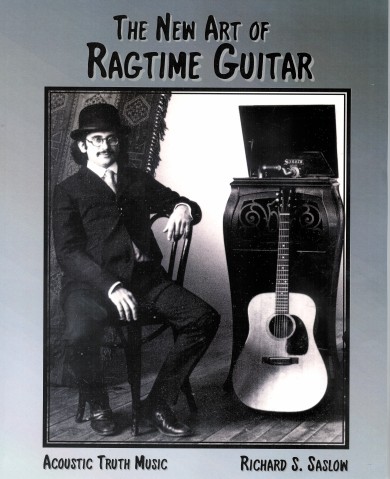My Favorite Recordings – “Exit” by Pat Martino
I first became aware of Pat Martino in 1975 when I read an article about him in the Guitar Player Magazine compilation book entitled “Jazz Guitarists”. I was just starting my studies in jazz guitar and would read everything and anything that was available on the subject. The article was entitled “I See the Guitar in Everything”. The article was a little confusing to me. Pat was explaining his symmetric divisions of the one octave:12 point star………..heady stuff for a neophyte!
A year later I stumbled across “Exit” in the record bins in a record store in Ithaca, New York near Cornell University. “Exit” was originally released on the Muse record label and was recorded on February 10th, 1976. It featured Richard Davis on bass, Bill Hart on drums and Gil Goldstein on piano. The songs included “Exit”, “Come Sunday”, “Three Bass Hit”, “Days of Wine and Roses”, “Blue Bossa” and “I Remember Clifford”. The front cover had a picture of Pat walking with his back to a camera on a dock towards the ocean. On the back was a picture of Pat where he seemed to have a sad or slightly tormented look on his face.
In 1980, Pat Martino was rushed into surgery to treat a near fatal brain aneurysm. When he awoke from the surgery, he had lost all memory of who and what he was and disappeared from the music scene until 1989. It took him nine years to continue his career again as a jazz guitarist. When I listened to “Exit” for the first time, I was struck by the deep fat and metallic sound Pat was able to achieve on his guitar. I was both spell bound and amazed by the long flowing and extremely meticulous creative lines he played . Behind all the music I felt a deep sense of melancholy coming through, especially in the ballads. Here was Pat Martino at the peak of his powers a few years before the surgery.
Although I have all of Pat’s recordings which are all excellent and to be studied closely by all musicians, I find myself constantly returning to “Exit” for spiritual and musical nourishment. There is something special and magical about this recording to me. I have always found Pat’s music to be very spiritual and healing in nature and “Exit” somehow captures something mystical which I can’t explain. Pat Martino is a national treasure. His story is a remarkable and inspirational one of an enduring artist arising out of the ashes of nothingness to fly again. He is an artist of the highest quality.









